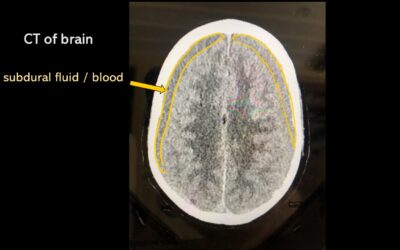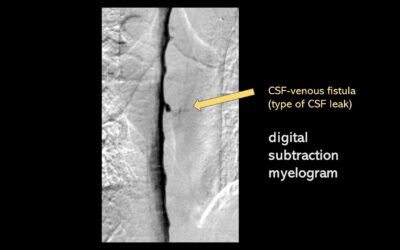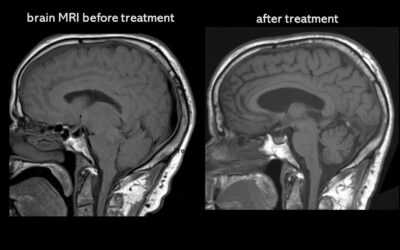Like so many spinal CSF leak patients, Berhanu’s leak affected not just him but his entire family—and when he suffered a grave complication, it turned out their role in his treatment was critical.
Berhanu has taken on many roles in his life: brother, father, immigrant, hospitality worker, taxi driver, restaurant owner, community leader. But his most challenging role was one he’d never imagined for himself: being a patient with a spinal CSF leak.
Berhanu came to the US from Ethiopia in 1981 and brought his five children and his brother over soon after. He worked hard to support them all, and always dreamt of one day having his own business. In 2000, he achieved that dream when he became a restaurant owner. For the past twenty years, Berhanu and his brother have worked together to establish their restaurant as not only an award-winning eatery, but also a vital part of the Ethiopian community in downtown Los Angeles.
So when Berhanu began to feel unwell, his family took notice. At first, he felt a strange kind of pressure in his head—something he could only describe as feeling “not quite right”—and then, later, pain. He went to his doctor, who was not able to identify the cause of his symptoms. He was prescribed steroids, which offered no relief. In fact, his headaches increased. More worryingly, Berhanu’s family noticed he was beginning to appear confused and lethargic, unable to remember things, just utterly unlike himself.
Alarmed, Berhanu’s brother took him to the emergency room. There, the CT and MRI of his brain revealed that Berhanu had bilateral subdural hematomas—a collection of blood outside the brain, in his case on both sides of the brain—and brain sagging, classic indicators of spontaneous intracranial hypotension due to spinal cerebrospinal fluid (CSF) leak.
Berhanu was admitted to the hospital and given a non-targeted epidural blood patch, a procedure that is often suggested as treatment for patients with intracranial hypotension. Some patients experience long-term relief from their symptoms after having this procedure; for others, relief is minimal. For Berhanu, there was no apparent benefit. In fact, his condition continued to worsen, very quickly. No longer was he merely confused and uncommunicative. The hard-working father, community leader, and restauranteur that his family had so long looked to for support and guidance had become comatose.

Berhanu had urgent surgery, a bilateral craniotomy, to treat his subdural hematomas. He improved and was conscious again, aware of his surroundings, able to speak a little and interact with visitors. But he was still struggling and continued to have symptoms of intracranial hypotension.
A second non-targeted epidural blood patch was done, which resulted in short-lived but noticeable improvement.
Spinal imaging, a digital subtraction myelogram, was done and his spinal CSF leak—a CSF-venous fistula—was located. A CSF-venous fistula is an abnormal channel between the space where cerebrospinal fluid is and a vein outside the dura mater. Berhanu’s cerebrospinal fluid was being siphoned off through a vein.

Once the location of his CSF-venous fistula was revealed, Berhanu was able to have a procedure done to address the leak. He had a fibrin sealant injection targeted to the level of his leak, and this was enough to resolve all of his symptoms.

Once he was discharged from the hospital, Berhanu spent several weeks in a rehabilitation facility. Slowly his memory and strength returned, and with physical therapy and time, he gradually felt like himself again.
Today, he is back in his restaurant, doing the kind of work he loves best. He says he feels lucky, and is happy to be totally back to normal now, traveling and working and enjoying time with his family. Berhanu’s family feels lucky, too—having almost lost him, his recovery is all the more precious.
We often tell stories of patients who feel alone during the process of struggling to find an accurate diagnosis and proper treatment, who have to advocate for themselves at a time when they are in incredible pain and barely have the energy to fight to be heard. We don’t always have the chance to tell the stories of their families, who are also affected by this condition. If the patient is the stone thrown into the middle of the deep pond of this condition, their family members are the ripples moving ever outwards. No one remains untouched. We wish to thank the Asfaw family for allowing us to share their story. The team at Spinal CSF Leak Foundation also extends our appreciation and thanks to the physicians and staff who assisted with this feature story, and to all those working so hard to help patients.
